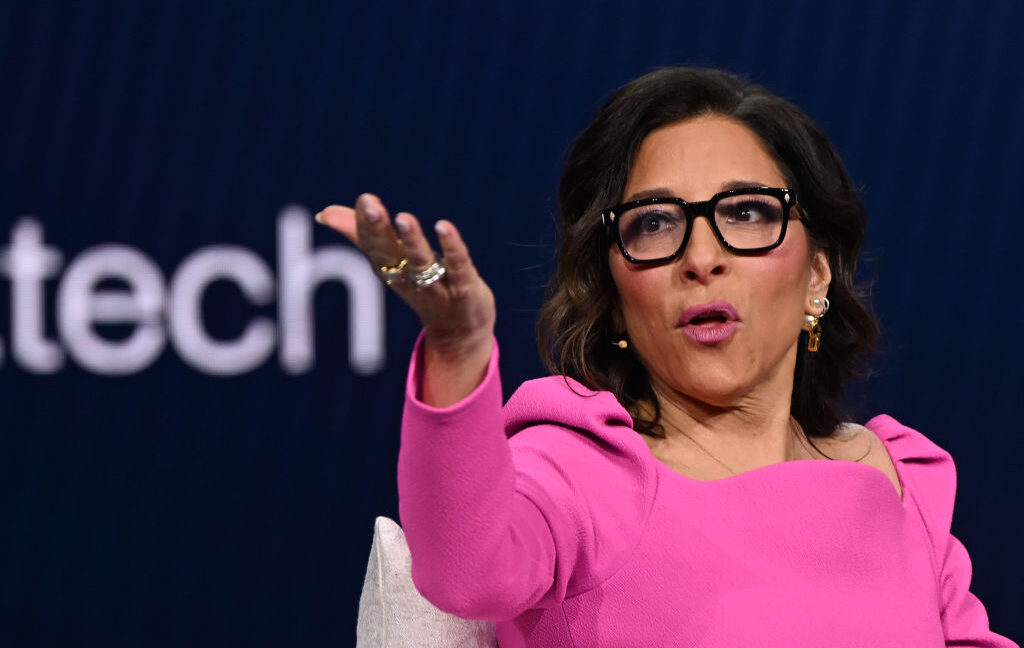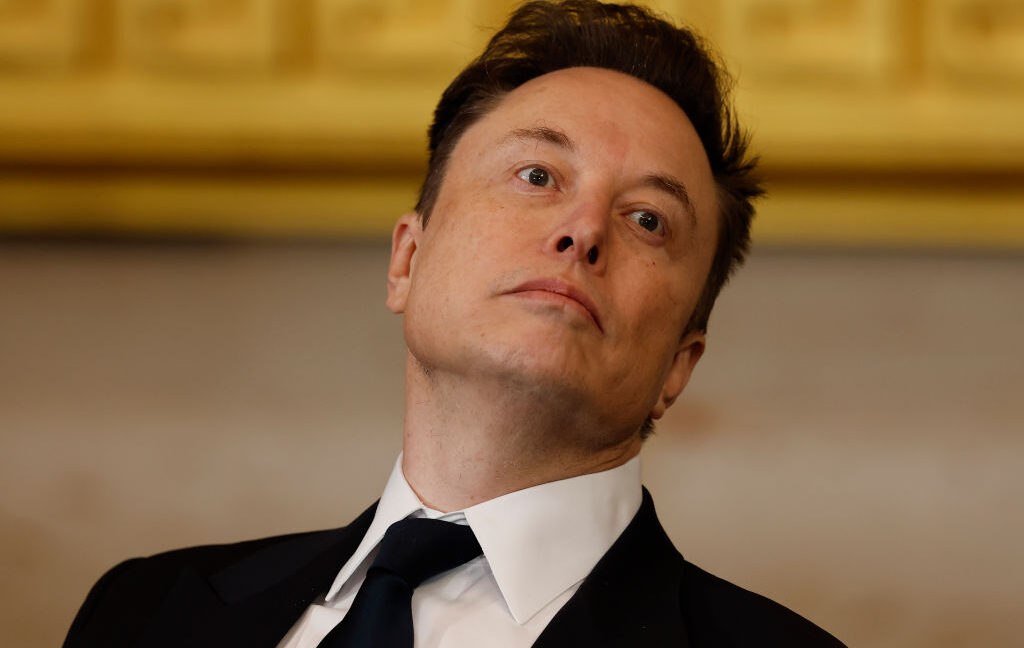Musk’s Grok 4 launches one day after chatbot generated Hitler praise on X
Musk has also apparently used the Grok chatbots as an automated extension of his trolling habits, showing examples of Grok 3 producing “based” opinions that criticized the media in February. In May, Grok on X began repeatedly generating outputs about white genocide in South Africa, and most recently, we’ve seen the Grok Nazi output debacle. It’s admittedly difficult to take Grok seriously as a technical product when it’s linked to so many examples of unserious and capricious applications of the technology.
Still, the technical achievements xAI claims for various Grok 4 models seem to stand out. The Arc Prize organization reported that Grok 4 Thinking (with simulated reasoning enabled) achieved a score of 15.9 percent on its ARC-AGI-2 test, which the organization says nearly doubles the previous commercial best and tops the current Kaggle competition leader.
“With respect to academic questions, Grok 4 is better than PhD level in every subject, no exceptions,” Musk claimed during the livestream. We’ve previously covered nebulous claims about “PhD-level” AI, finding them to be generally specious marketing talk.
Premium pricing amid controversy
During Wednesday’s livestream, xAI also announced plans for an AI coding model in August, a multi-modal agent in September, and a video generation model in October. The company also plans to make Grok 4 available in Tesla vehicles next week, further expanding Musk’s AI assistant across his various companies.
Despite the recent turmoil, xAI has moved forward with an aggressive pricing strategy for “premium” versions of Grok. Alongside Grok 4 and Grok 4 Heavy, xAI launched “SuperGrok Heavy,” a $300-per-month subscription that makes it the most expensive AI service among major providers. Subscribers will get early access to Grok 4 Heavy and upcoming features.
Whether users will pay xAI’s premium pricing remains to be seen, particularly given the AI assistant’s tendency to periodically generate politically motivated outputs. These incidents represent fundamental management and implementation issues that, so far, no fancy-looking test-taking benchmarks have been able to capture.
Musk’s Grok 4 launches one day after chatbot generated Hitler praise on X Read More »



